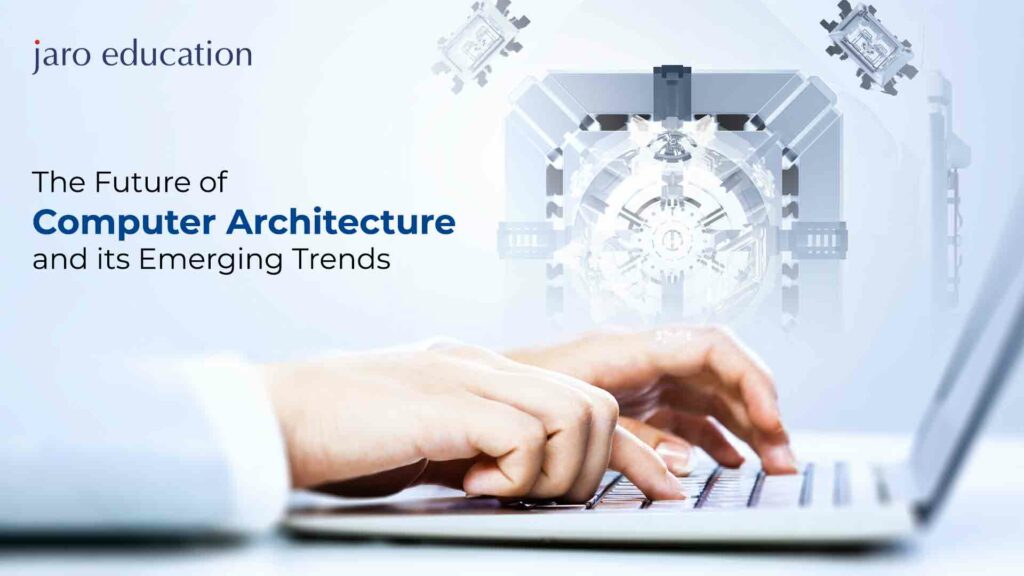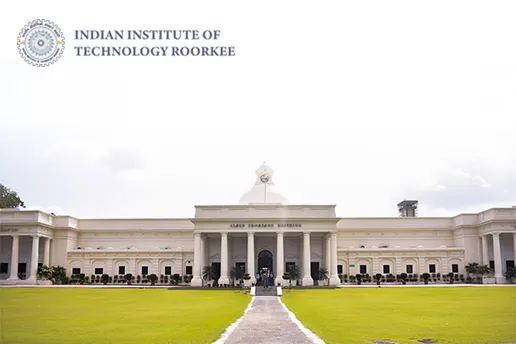Computer architecture is the underlying layout of computer systems and all their parts, such as processors, memory, and input/output interfaces. It is a field that constantly evolves due to new technology, shifting workloads, and user needs. Computer architecture will continue to be a critical factor in determining the capabilities and performance of the digital gadgets that we use daily as we go into the future.
The shift to customised hardware, such as field-programmable gate arrays (FPGAs) and application-specific integrated circuits, is one of the most important new trends in computer architecture (ASICs). Such hardware can be made to maximise particular workloads, such as high-performance computing or machine learning, leading to considerable performance and energy efficiency improvements.
Specialised hardware
Computer hardware parts that are especially created to carry out specific workloads or tasks are referred to as specialised hardware. This kind of hardware is not meant to be used for general-purpose computing because it is optimised for a particular set of instructions.
Field-programmable gate arrays (FPGAs), graphics processing units (GPUs), digital signal processors (DSPs), and application-specific integrated circuits are a few examples of specialised hardware (ASICs).
Cloud-based computing
Cloud-based computing, commonly referred to as cloud computing, uses remote servers and networks in place of just a local computer or server to store, administer, and process data and applications. Cloud computing enables greater flexibility and scalability in computer resources because resources and services are offered over the internet.
Software as a Service (SaaS), Platform as a Service (PaaS), and Infrastructure as a Service are the three primary divisions of cloud computing (IaaS).
Edge computing
A distributed computing paradigm, Edge computing processes data at the network’s edge, nearer to the data source. Edge computing enables data to be processed and analysed locally, on devices or systems closer to the source of data generation, rather than transferring all of the data to a centralised data center or cloud for processing. This method is frequently applied to decrease latency and speed up data processing.
Other emerging trends
Quantum computing
Quantum computing uses quantum-mechanical phenomena like superposition and entanglement to process information. It can potentially be beneficial because it can tackle issues that are difficult for traditional computers to handle, like factoring big numbers, modelling complicated systems, and optimising complex functions.
Besides, the number of potential states and interactions multiplies exponentially as the complexity of the problem rises. Although it is still in its initial phase, quantum computing has the potential to change industries, including cryptography, banking, and drug discovery. Building a quantum computer can be done in several ways, such as using topological qubits, trapped ions, and superconducting circuits.
Neuromorphic computing
A type of computing called neuromorphic computing is motivated by the structure and operation of the human brain. It processes information in a way that is fundamentally distinct from conventional computing by using specialised hardware and software to replicate the brain’s neuronal structure. For instance, neuromorphic computing relies on analogue rather than digital computations, it may be more energy-efficient. Because it can learn from and adjust to new information in real-time, it can also be more versatile and adaptive. Several computing fields, such as artificial intelligence, robotics, and sensory processing, stand to benefit from it.
Advanced memory technologies
The term “advanced memory technologies” refers to brand-new, cutting-edge memory solutions that have recently come to light and are now undergoing research and development to overcome the drawbacks of conventional memory solutions. These new memory technologies address some of the major issues in computer architecture, including power consumption, performance, and scalability.
Here are some examples:
- Non-Volatile Memory
- 3D Stacked Memory
- Phase Change Memory
- Hybrid Memory Cube
- Magnetoresistive Random-Access Memory
Online MCA Programme
If you want to dig deeper and understand the nuances of computer architecture, then an online master of computer application program would be suitable for you. This online MCA degree covers cloud technology, assessments, practicals, and projects. Opting for this MCA course from Manipal University, Jaipur would keep you from dropping off your current job. Another perk of this one of the finest online MCA courses is only a short duration is required to complete the course. Unlike other full-time courses, you do not need to spend much time on this course. And the most amazing benefit is it opens up the opportunity for giant companies.
Conclusion
some many new trends and breakthroughs will impact computer architecture in the future, from specialised hardware to cloud-based and edge computing. The demand for more performance, energy economy and scalability in digital devices drives these new trends. These trends, when they develop further, have the potential to influence computing’s future and alter how we utilise digital devices across a variety of industries.






1 thought on “The Future of Computer Architecture and its Emerging Trends”
Thanks! Many of our blogs and courses are designed to provide you with a comprehensive understanding of your topic of interest.